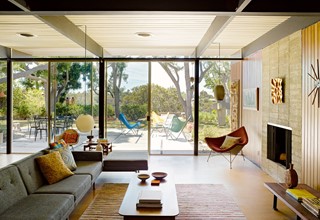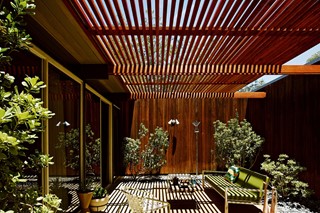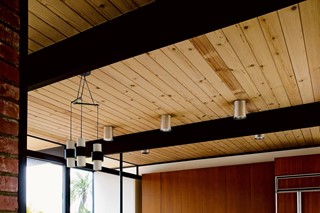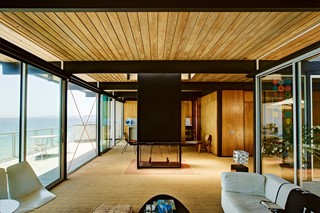‘The Cary Grant of architecture’’s Hollywood lifestyle and his simple, elegant buildings showed two sides of the same man
Who? What you may not know about Craig Ellwood, the self-taught architect known for his minimal steel-and-glass designs, is that his larger-than-life persona as “the Cary Grant of architecture” and the “California Mies van der Rohe” was as studied as his buildings. Like the layers of semi-opaque glass used in his celebrated Case Study House 16, the man was mystifying and hard to see through. Johnnie Burke, as he was previously known, reinvented himself as Craig Ellwood after moving from Texas to California. Although trained as an engineer, he went on to become one of the leading architects of California’s mid-century period, as famous for his purist buildings as he was for his flashy lifestyle and good looks.
“In short, Craig Ellwood was a complex man in search of a simple architecture,” says designer Michael Boyd, who has edited a forthcoming book on Ellwood’s life and work titled Making LA Modern. This builder of “exquisite boxes”, as Boyd calls them, was a playboy who took his surname from a liquor store and drove a Lamborghini with a license plate that read ‘VROOM’. But the designer and editor insists that Ellwood’s taste for sports cars and women was not so much a factor in his career as it was a counterpoint. This contrast is the central thrust of Making LA Modern, a book which claims to be the first in over a decade to examine the man and the myth.

What? Boyd suggests Ellwood’s mindset was more that of an impresario rather than a master architect. “The concepts and structures were rigid but there is freedom in the thinking,” he explains. The symmetry of Ellwood’s buildings also makes them more in tune with 60s minimalist art than the architecture of his peers. “At all scales, Ellwood’s eye for detail and unity is present, whether it is a commercial building like South Bay Bank, or a residence like the Steinman House,” says Boyd. “There is not really a single defining feature, more of a singular approach: California casual filtered through European first-generation modernism.”
Throughout his career, Ellwood’s projects were widely published and he was often pictured in the media. John Entenza, the editor of Arts & Architecture magazine and founder of California’s pioneering Case Study House Program, was a zealous champion of his work. In a bid to redefine the American home, Ellwood was one of several architects who designed and built prototypes for the housing programme during the early 1950s. His elegant, simple and streamlined style brought a light touch to Mies van der Rohe’s ideas, which he galvanised with the interplay of indoor and outdoor space. “With Ellwood, the plants and weather are inside the home and the Eames chairs were outside with the patio furniture, in some sense,” says Boyd.
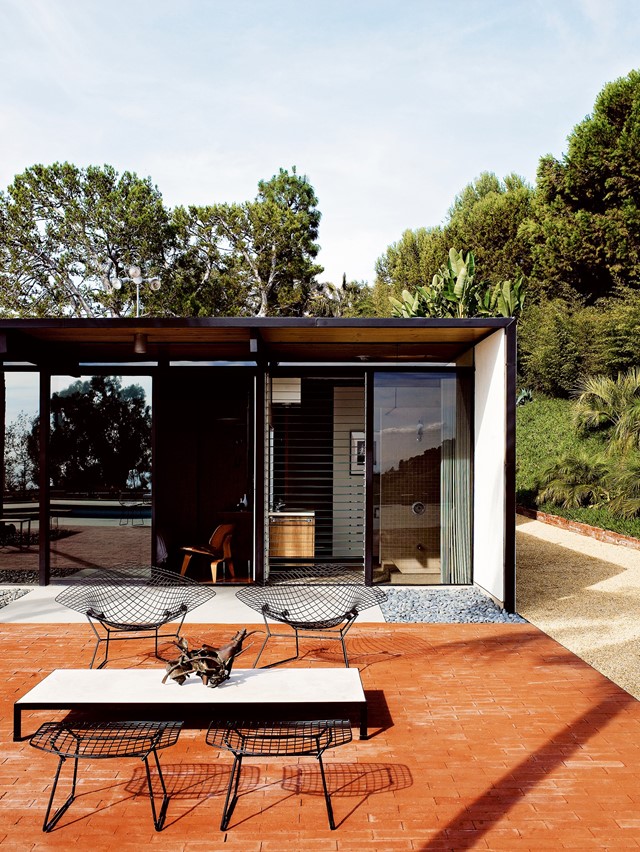
Why? Ellwood designed for an open and easy lifestyle, considering how space was used, rather than strictly what it was used for. He is also credited with introducing industrial building methods to residential architecture, producing iconic designs at low cost. “After Ellwood, industrial methods and materials did not look out of place,” Boyd explains of how the architect transformed the landscape of LA. Today, his contribution to the modernist canon has been somewhat overshadowed by the likes of Richard Neutra or Charles and Ray Eames, but the purity of his design and its appropriateness for the Southern California climate means his buildings still resonate.
What’s more, Ellwood’s story is like something out of a film. Controversial biographies and past media attention have created an image that looms large over his career. Trying to reconcile his life and work is an absorbing, all too human exercise. Making LA Modern explores the friction between the two but attempts to even out the balance and remember his vision as an architect. As fellow architect Ray Kappe notes in his foreword to the book: “Ellwood was truly an American enigma – mysterious, idealistic, misunderstood, pragmatic, hypocritical – in short, the stuff of America, full of contradictions and secrets.”
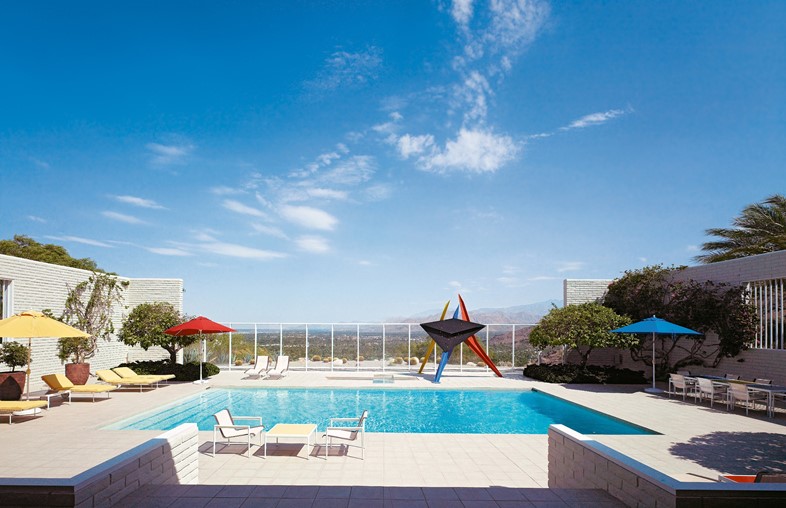
Making LA Modern: Craig Ellwood – Myth, Man, Designer, written by Michael Boyd is out now, published by Rizzoli.
